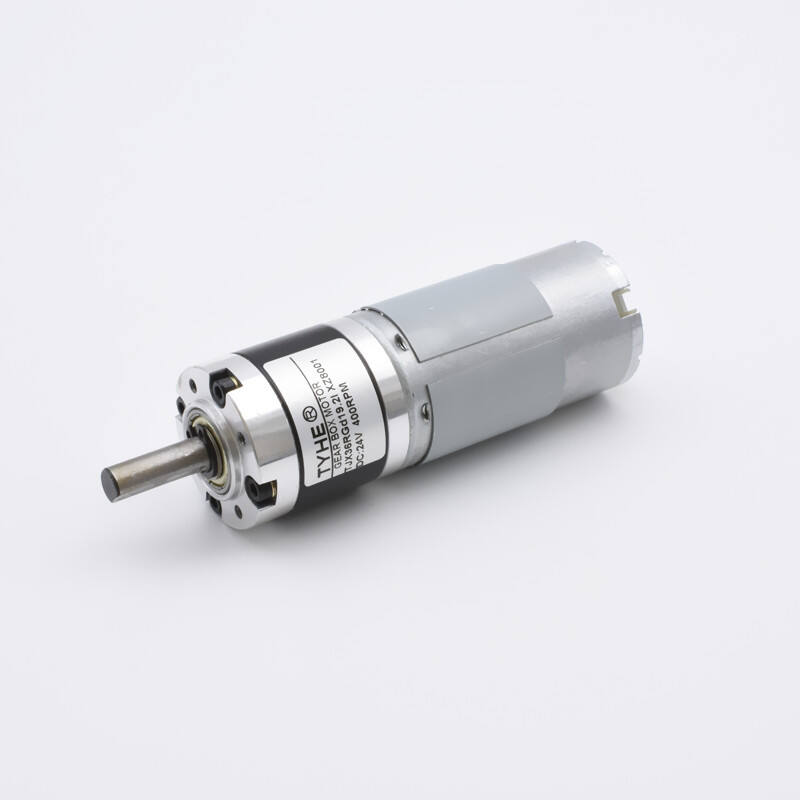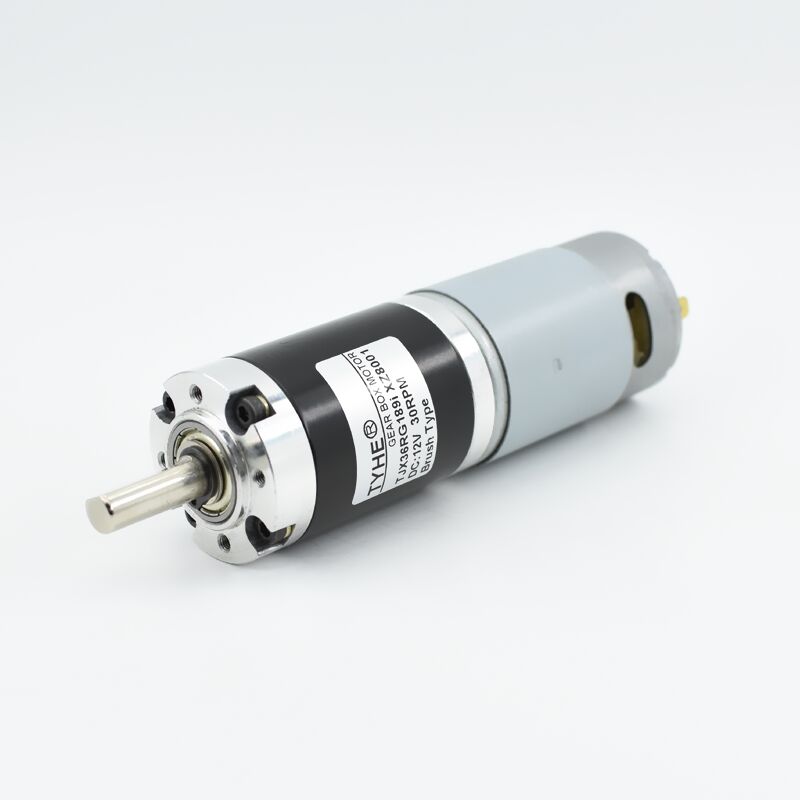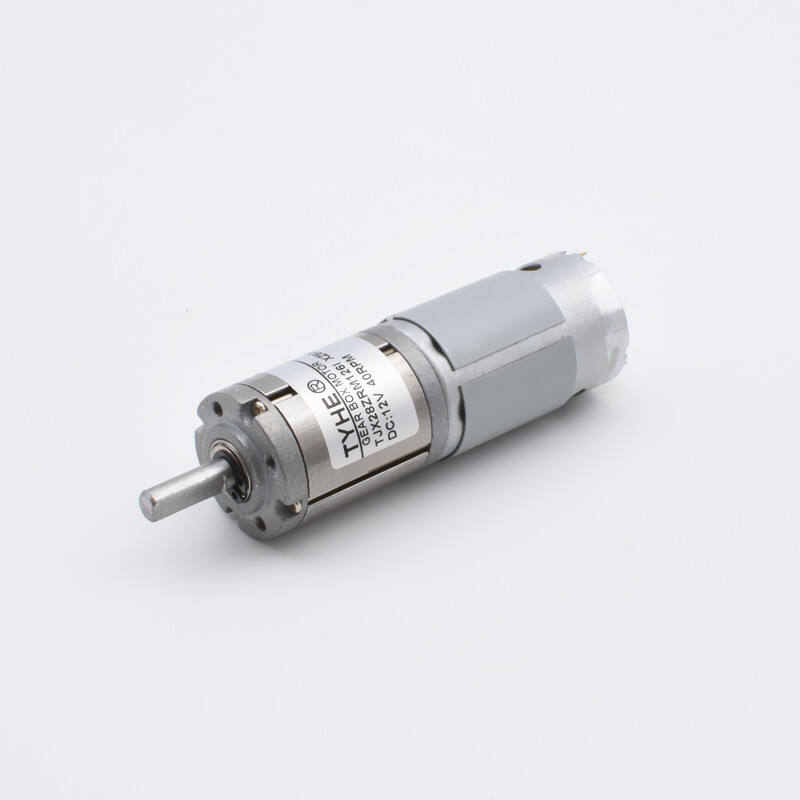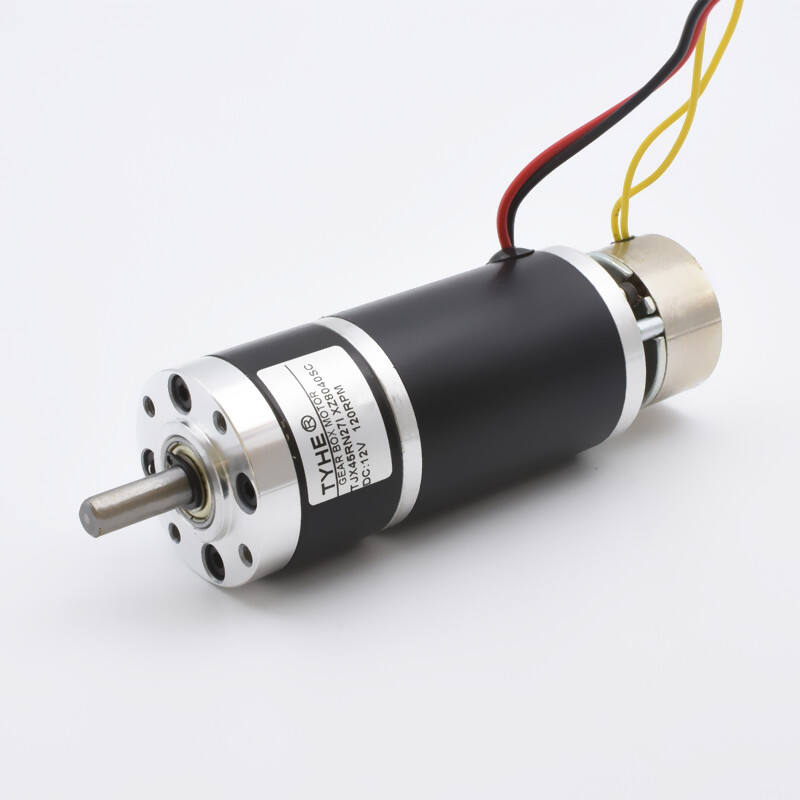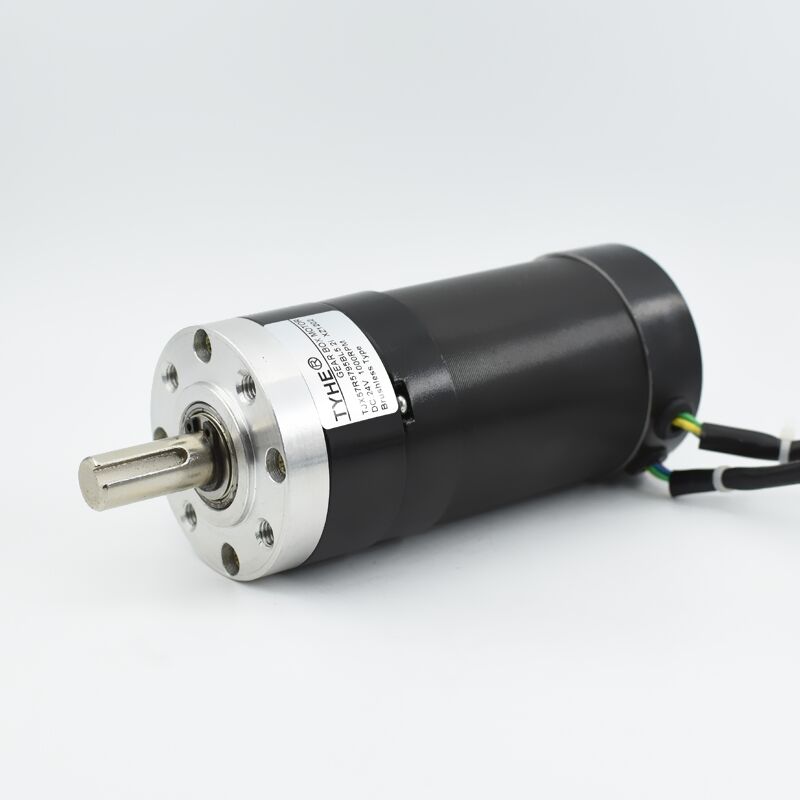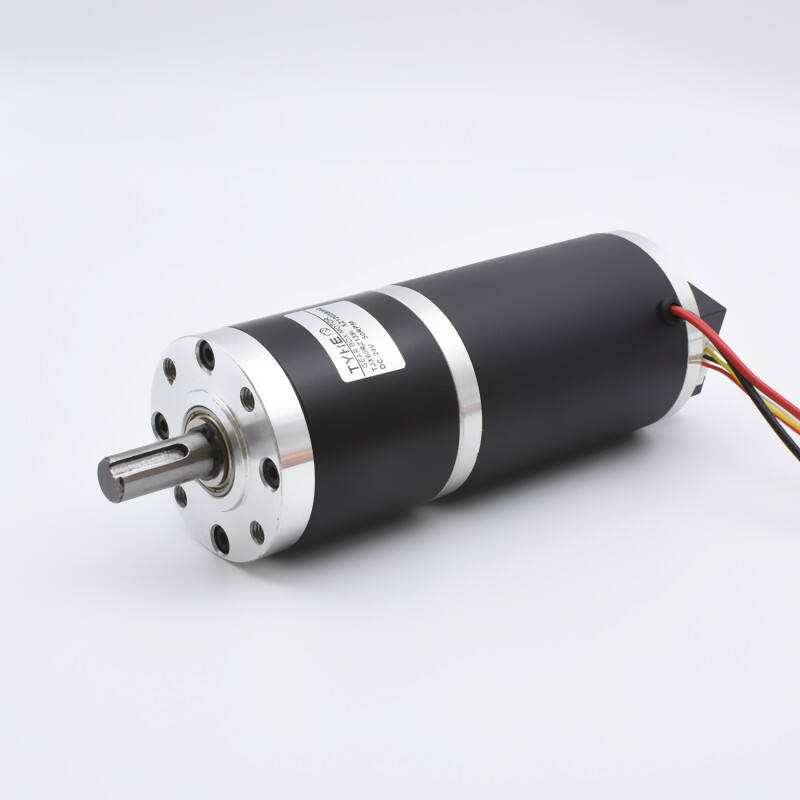Micro DC Motors in Smart Home Applications
In aetate celerium progressuum technologicorum, domus intelligentes magis ac magis populares fiunt, spatium vivendi nostrum in ambitus commodius, efficacius, et confortabilius transformantes. Pars clavis quae hanc transformationem impellit est motor micro currentis directi (DC). Haec parva sed potentia machinae partes maximi momenti in variis applicationibus domorum intelligentium agunt, functionem et experientiam usoris horum systematum provectorum augentes.
1. Intelligentia Cortinarum
Una praecipua applicatio motorum micro DC in domibus intelligentibus est in cortinis intelligentibus. Hae cortinae instructae sunt motoribus qui aperturam et clausuram automaticam permittunt, per applicationes telephonorum, oratores intelligentes, vel remotae imperationes moderatae. Usores possunt praeconfigurare tempora ad cortinas aperiendas et claudendas ad certos momentos, accommodantes lucem naturalem et secretum secundum suas necessitates. Quietum operandi, moderatum torquem, et alta fiducia horum motorum efficit ut motus cortinarum lenis et sine interruptionibus sit.
2. Vacuorum Roboticorum
Motorum micro DC etiam essentiales sunt in vacuorum roboticorum. Hi purgatores innituntur pluribus motoribus ad rotas suas, penicillos laterales, et mechanica suctionis agendum. Effectus horum motorum directe afficit efficientiam purgandi, celeritatem, et vitam altilium robotum. Motorum altae perficiendi, exempli gratia, possunt praebere torquem necessarium ad adiuvandum purgatores super obstacula, ut limina, navigare.
3. Toiletta Intelligentia
Toilettae callidae motores DC micro incorporant ad functiones sicut lavationem, siccationem, et operculi apertionem/claudendum. Hi motores angulum apertionis operculi et velocitatem accurate moderantur, necnon intensitatem et directionem aquae lavantis, praebentes usoribus experientiam commodam. Praeterea, waterproof et humiditatis resistentia esse debent ut humidum balneum sustineant.
4. Claves Ianuarum Callidae
In clavibus ianuarum callidarum, motores DC micro ad mechanismum claudendi agendum adhibentur, permittentes automaticam apertionem et claudendum per recognitionem digiti, tesserae, vel chartarum RFID. Celeritas responsionis et stabilitas horum motorum ad securitatem et commoditatem clavium callidarum crucialis sunt.
5. Siccatrices Electricas Vestium
Drieres vestimentorum electricorum ex motoribus micro DC proficiunt, qui mechanica levationis eorum impellunt. Usores altitudinem drieris per remota imperia vel applicationes telephonicae moderari possunt, facilius vestimenta suspendere et tollere. Motoribus summus qualitas in his drieribus operationem lenem, vibrationem humilem, et strepitum, una cum longa vita servitii, praestant.
6. Apparatus Callidi
Motoribus micro DC etiam in variis apparatibus callidis, ut ventilatores callidi et purgatores aeris, inveniuntur. In ventilatoribus callidis, hi motores velocitatem et directionem ventilatoris moderantur, varias modos aeris fluxus offerentes. In purgatoribus aeris, ipsi ventilatorem impellunt ad suctionem creandam, aerem in purgatorum ad filtrationem trahentes.
Future Trends
Cum machinae domus callidae minores et magis integratae fiunt, postulatio motoribus micro DC augetur. Tendentiae futurae in his motoribus includunt:
-
Intelligentia Aucta:Motors magis magisque cum sensoriis, chipis, et technologia AI integrabuntur, moderatio et operatio callidior fieri sinentes secundum mutationes ambitus, consuetudines usoris, et programmata praestituta.
-
Emendata Efficientia Energetica:Cum crescenti cura pro efficientia energetica, motores magis energiam servantes fiunt. Optimizationes consilii, materiae progressae, et melioratae algorithmorum moderatio consumptum energiae reducet dum efficientiam augent.
-
Miniaturizatio et Levescentia:motores in magnitudine et pondere continue contrahentur, facientes eos melius aptos ad integrationem in variis productis domus callidarum.
-
Amplificatae Applicationes:Ultra traditionales machinas domus callidarum, motores micro DC applicationes in emergentibus productis invenient, ut machinae portabiles callidae, apparatibus culinaribus, et productis curae animalium.
In conclusione, motores micro DC in applicationibus domus callidarum sunt indispensabiles, functionem et commoditatem horum systematum provectorum agendo. Cum technologia evolvitur, hi motores continue innovabunt, efficientiam energeticam, miniaturizationem, et intelligentiam emendantes, denique experientiam usoris in domibus callidis augentes.

